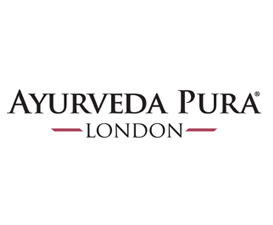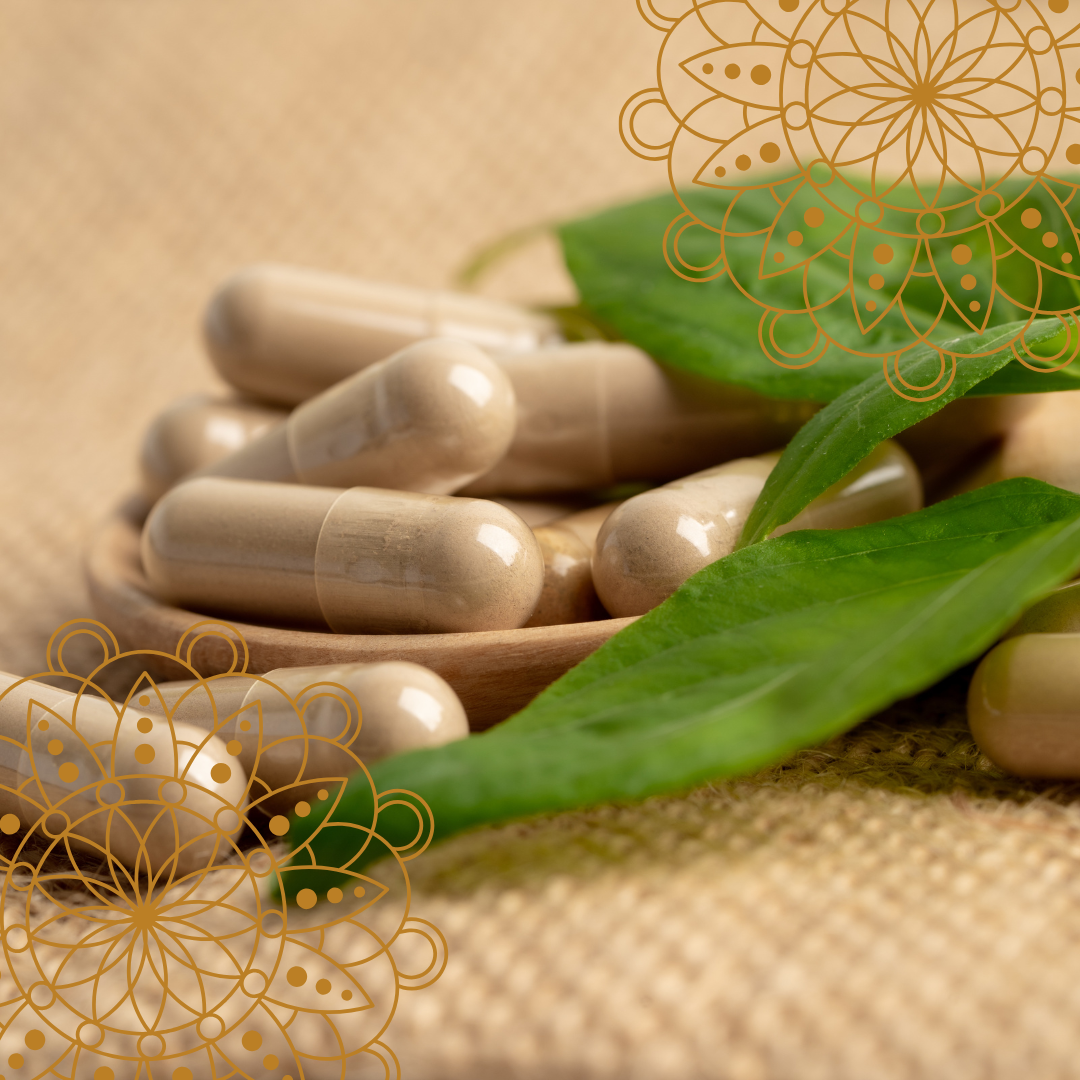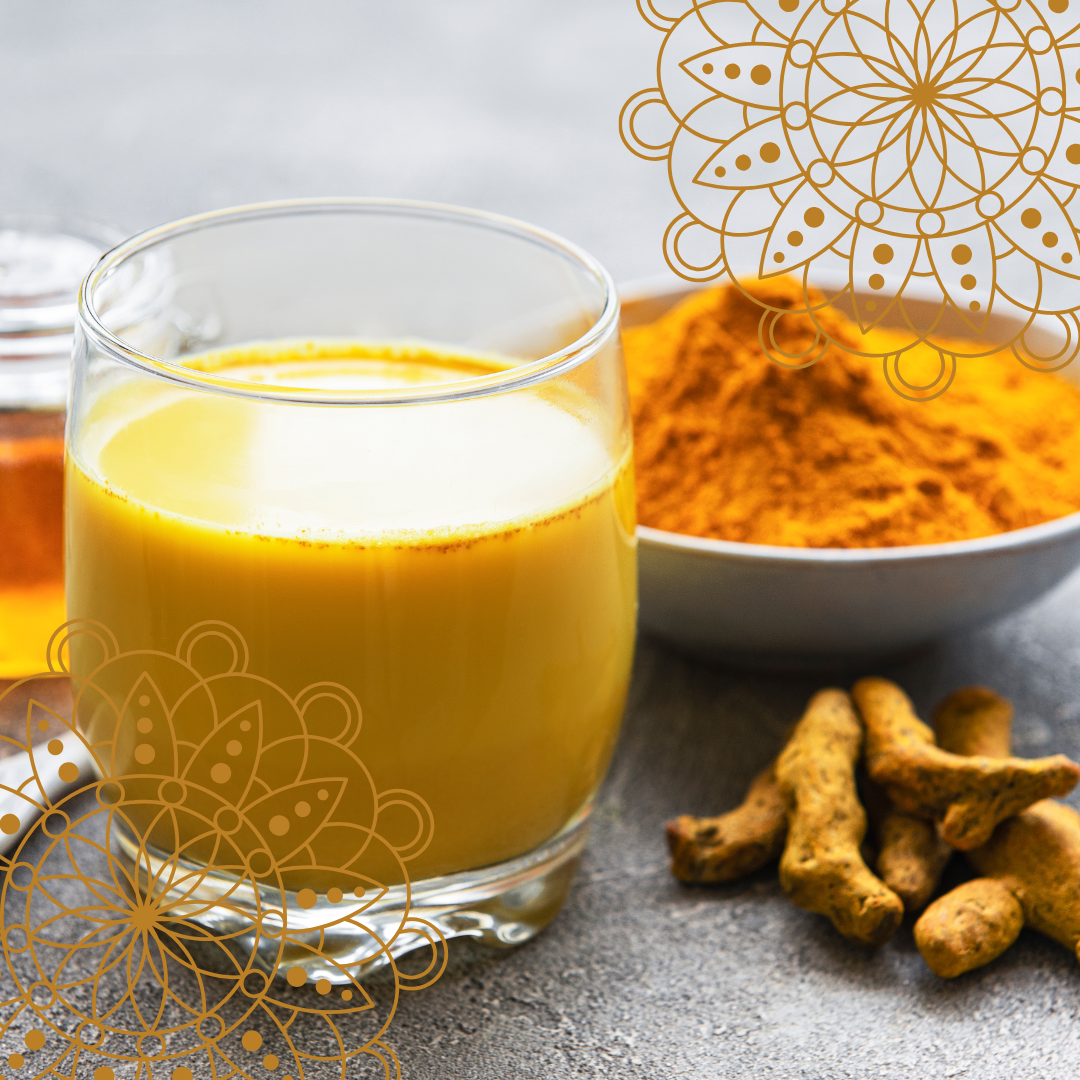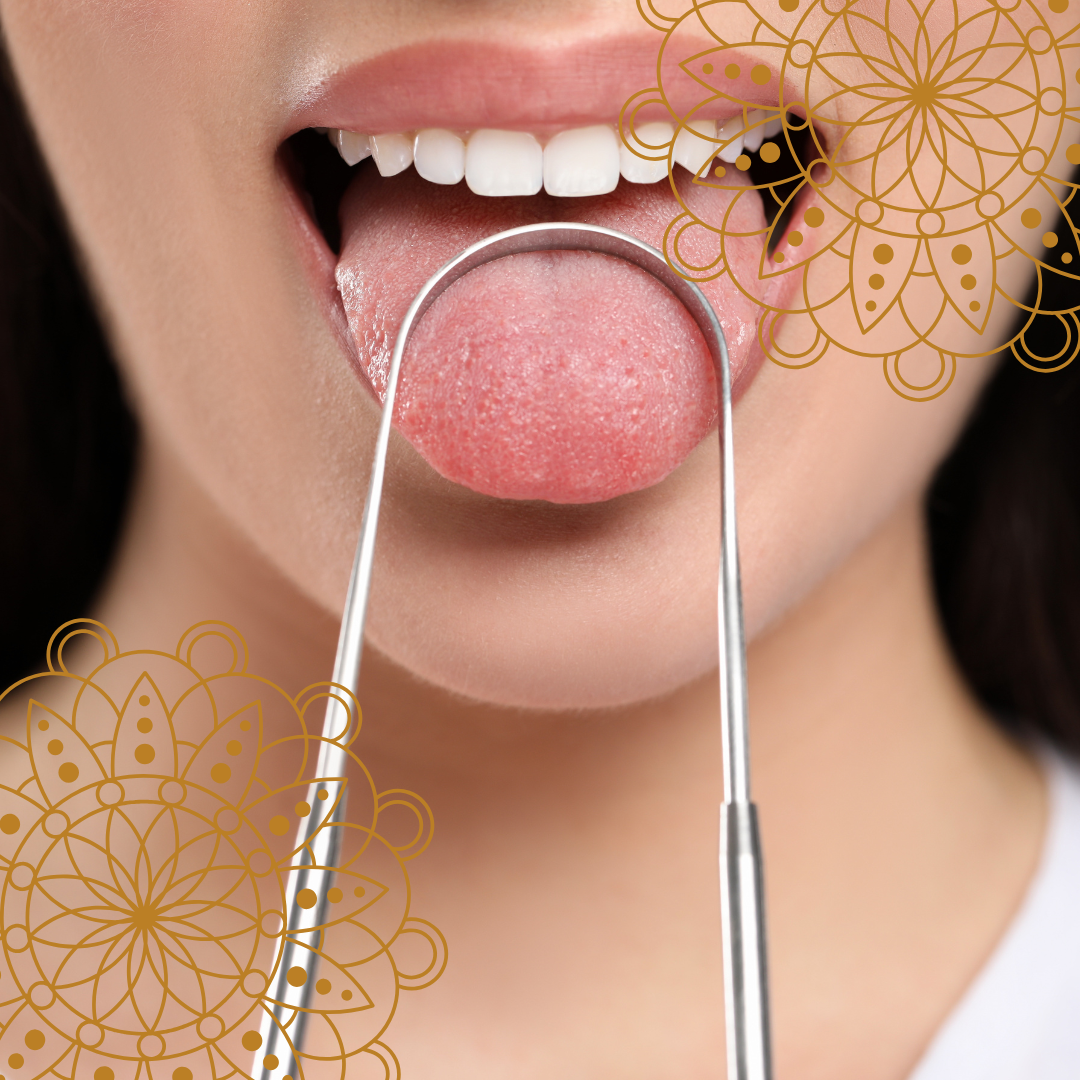The art of breathing, Today's Therapist - May/June 2004 - Issue 28

By Dr Deepa Apté
Breathing is the most subconscious yet the most important activity in ones life. One can survive for a month without solid food, a week without fluids or sleep but hardly a few minutes without oxygen. Correct breathing is an important part of yoga practice. Controlling one's breath is termed Pranayama in Yoga and Sanskrit. Prana means breath or life energy (can also be called oxygen) and Ayama means to control. Breathing in Prana fills one with vitality and energy to perform various activities in daily life.
Breathing fulfils two important functions in ones body. Firstly it helps the intake of oxygen so that it can be carried by blood to different organs and secondly it helps removal of carbon dioxide, one of the metabolic waste products, from the body. With every breath, lungs expand and contract up to an average of 20 times per minute. The muscle responsible for this is called the diaphragm. Normally, one breathes 18 times a minute, 1080 times an hour and 25,920 times a day! Hence it is important that one breathes correctly in order to keep the metabolic processes running smoothly in the body.
Important breathing exercises in Yoga and their benefits:
Alternate Nostril breathing (Anuloma-Viloma):
One breathes through the left nostril keeping the right one closed, holds the breath for some seconds and then breathes out through the right one keeping the left nostril closed. The same is followed in the reversal order from right to left. This cycle is repeated a number of times.
Alternate nostril breathing helps increase the pulmonary capacity. It calms the nervous system while stimulating the digestive system and appetite. It is a very good exercise against insomnia and recurrent headaches. It helps purify blood and pumps the lungs with air.
Cleansing breath exercise (Kapalabhati)
It is one of the cleansing techniques of Hatha Yoga. It is a cycle of deep and slow breathing followed by rapid inhalations and exhalations, ultimately exhaling fully and holding the breath. This cycle is repeated three times in a session of yoga.
Kapalabhati helps cleanse the lungs, sinuses and the air passages strengthens the nervous system and the diaphragm. It is very good against common cold, hay fever, asthma. It has a stimulating effect on the functions of the liver, spleen and pancreas hence improving metabolism.
Controlled deep breathing exercise (Sama Ortti Pranayama)
One breathes in very slowly but steadily, holds the breath for as long as possible and exhales very slowly and steadily. This exercise results in improved exchange of gases at the alveolar levels of the lungs due to holding of the breath which in turn improves the metabolic processes in the body.
This exercise strengthens the diaphragm, chest muscles, lungs and the stomach. It stimulates the immune system against common ailments, calms the mind and the nervous system, helps breaking down stress hormones and producing endorphins. It helps against depression and lethargy. It also improves the vital capacity of the lungs.
Cooling breath (Shitali Pranayama)
The tongue is curled in a longitudinal tube and one inhales slowly through this tube and exhales through the nose keeping the mouth shut. One feels the incoming air cool the saliva, the tongue and oral mucus membranes. When one is unable to curl the tongue, it is simple just to clench the teeth together and inhale through the teeth.
It generally helps cool down ones body. It also cleanses the blood and improves digestions and absorption of food. It lowers the oral temperature and helps in lowering fevers. It is very effective in people suffering from hypertension, burning sensations in throat, tongue or eyes.
Breath of fire (Bhastrika)
One inhales passively through the nose but exhales actively with some amount of force, starting slowly and later increasing the speed. Each round of 30 such strokes is performed followed by a break of a minute.
This exercise increases the vital capacity of the lungs making them strong and healthy. This exercise is very good against allergies, asthma and common cold. It increases the metabolism and hence warms up the body.
Humming breath (Bhramari)
On inhalation, the epiglottis is constricted so as to produce a humming sound. On inhalation the sound is high pitched and on exhalation it is a deep and low sound.
This is a very good exercise for developing a good voice. The humming vibrates the nervous system as is said to be a good sound therapy for the nervous system and brain. It also stimulates the thymus, thyroid and parathyroid glands.
Some helpful tips for correct breathing:
- Always breathe through the nose as this helps filter the inhaled air, warms and moistens it before it reaches the lungs.
- Sit straight as much as possible so that the chest cavity expands during inhalation and improves the vital capacity and gaseous exchange at alveolar level. People suffering from asthma will find breathing exercises in Fish position very beneficial as the chest expands allowing deep and complete breathing.
- Perform breathing exercises in open places where there is enough fresh air and oxygen.
- Ten minutes of deep breathing exercises every day helps regain lost energy and vitality filling a person with Prana or new life.
- Physical and breathing exercises should be done rhythmically to achieve full benefits. Always inhale when extending or expanding the body and exhale when bending or closing the body.
The essence of Yoga itself lies in the way one breathes. Learn to breathe correctly and fully to achieve its healing, soothing and relaxing benefits. The art of breathing will lead to the correct art of living.






